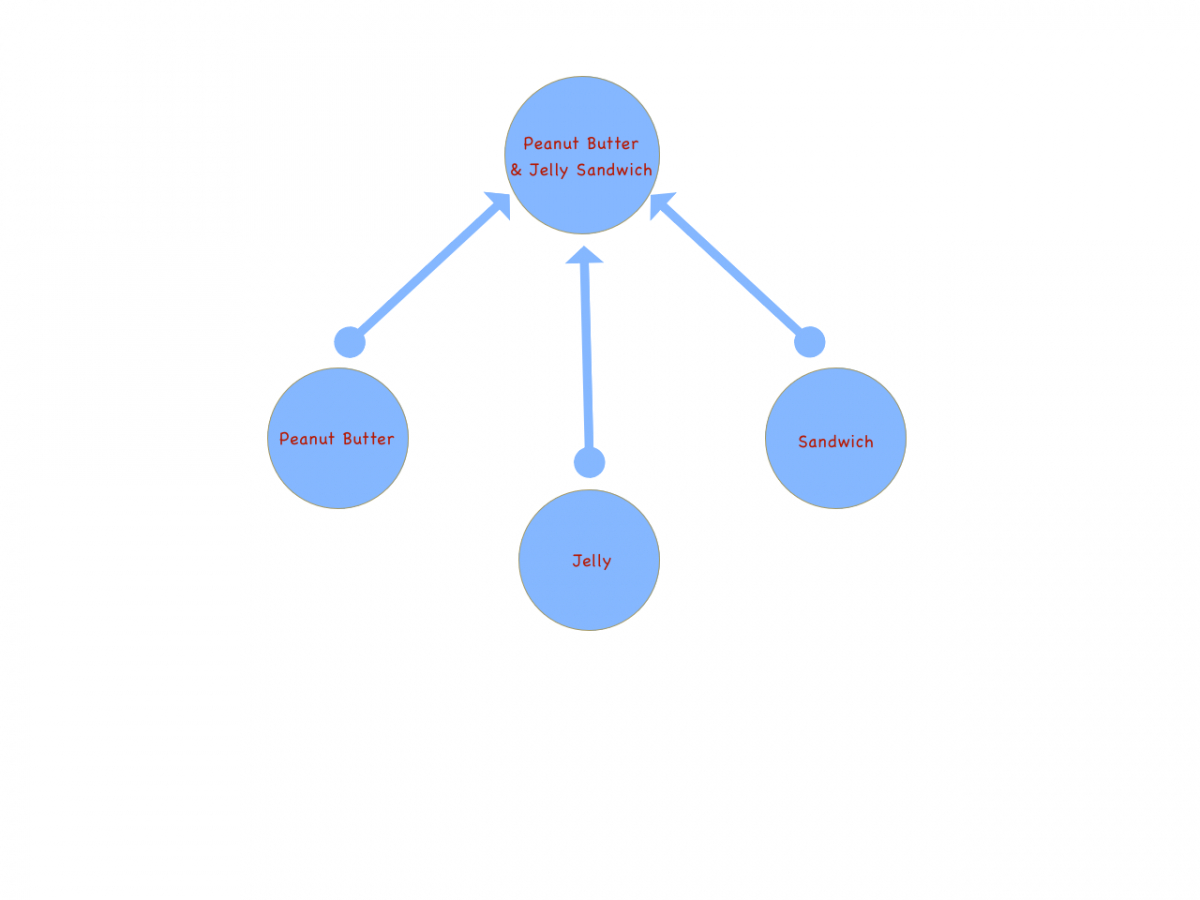
One summer, when I was in elementary school, I was terrified! You see, by the end of the school year I had not yet memorized the Times Table and I knew that I'd be entering the upcoming school year clearly disadvantaged. I imagined a disappointed teacher and my embarrassment and humiliation amongst my schoolmates. That is pretty much what happened!
Come September I had some catching up to do but I was not the only student who had not mastered the Times Table or some other skill. We all had some scrambling to do to catch up.
Our teacher, to her credit, tried to help students to review and learn last years' concepts, but alas had to abandon the effort because of the pressure to cover new material.
No student was immune! Every student was weak in some area. Some of these weaknesses were not so critical in elementary school, but as they accumulated over time they became more and more important.
Eventually, the gulf between what some students knew and what they were expected to know grew wider and wider. Over time some students simply gave up and self-selected as being good at math, being artistic, an athlete or whatever. These impressions impacted them for the rest of their lives.
As educators, I would like to think that we assume that all students have the capacity to master what we are teaching them in school. After all, we are not asking students to be prodigies in the subjects we teach. We are simply asking them to achieve a level of mastery that supports their continuing educational careers.
And yet, students fall behind and often never recover.
There is a solution to the widening knowledge gaps that students experience. It starts by having a detailed map of every concept the student needs to know in order to achieve mastery of a subject. We call this a Knowledge Matrix. For each concept, you need to have instructional materials to teach and to test the concept. The Knowledge Matrix also specifies which concepts are prerequisites to other concepts.
A simple Knowledge Matrix may look like this.

It shows that a Peanut Butter & Jelly Sandwich is made up of three separate concepts: 1) peanut butter, 2) jelly, and 3) sandwich. You need to understand these three concepts before you can understand what a Peanut Butter & Jelly Sandwich is.
This is a much more detailed analysis of what you are teaching than having a lesson plan because lesson plans do not define the relationship between concepts. Having that relationship is important because it specifies which concepts are prerequisites to which other concepts. In this example, peanut butter, jelly, and sandwich are prerequisites to Peanut Butter & Jelly Sandwich.
Concept mapping tools such as CmapTools offer a way to map the concepts but a Knowledge Matrix is a very specific type of concept map. It differs from other mapping systems in the sense that it represents just one relationship - which is "concept A is a prerequisite to concept B." Deriving this relationship is actually very easy. Just look at the definition of any concept. The definition will give you what the requisite knowledge is. In the case of a Peanut Butter & Jelly Sandwich the definition is:
A Peanut Butter & Jelly Sandwich is a sandwich that contains peanut butter and jelly.
Other than connector words such as "and" or "is" the definition shows us which words we need to understand in order to define this concept. We can go further by defining peanut butter and then determining from that definition what are the prerequisites to peanut butter.
Try it for any subject that you are teaching. By going through this exercise you will see which concepts your students need to know and you will also discover how your lesson plans may be missing important concepts. This often happens because we take certain concepts for granted. To a teacher, some concepts may seem to be obvious or common sense, but to the student, it may not be so.
